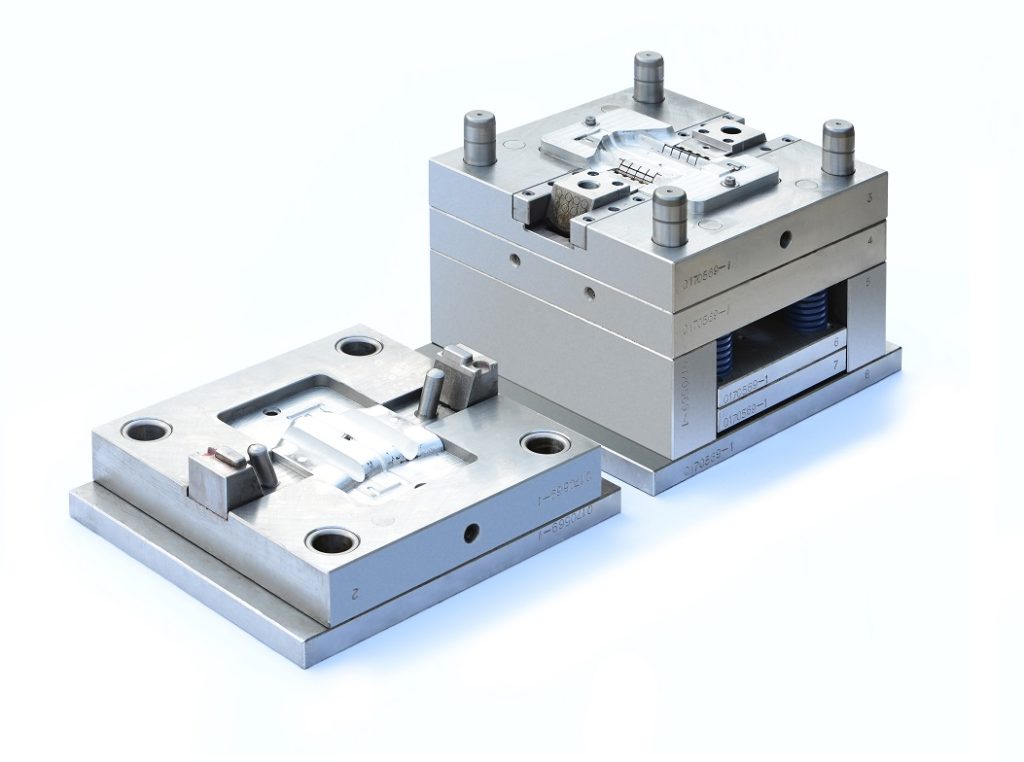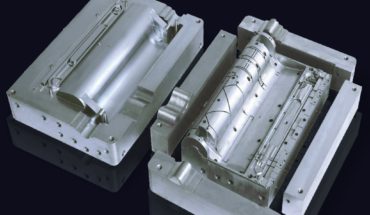The process of rapid tooling is the amalgamation of rapid prototyping techniques and conventional tooling techniques to produce moulds in the least possible time. The process of rapid tooling also allows you to produce a functional model in a very short period of time. If any functional model is to be produced, CAD data is very crucial. If CAD data is available even when manoeuvres are to be performed, there won’t any difficulty. The process of rapid tooling can always get your orders on time. The volume doesn’t hold any significance when it comes to rapid tooling practices. The volume of order could be anything between low and medium, even though the process is best suited for low and medium-sized orders; the bulk orders can also be processed using the rapid tooling techniques.
The methodology
The rapid tooling processes either use Rapid prototyping model as a guiding tool or they directly use rapid prototyping for their low volume orders. When they use rapid prototyping models as a guiding tool, all they do is analyse the CAD data comprehensively, and try to replicate it as precisely as possible. The rapid tooling practise is now an evolved process. Themould produced by the techniques used in rapid tooling is as good as rapid prototyping.
Cost-benefit analysis
The rapid tooling processes are becoming not only popular but also a necessity for the manufacturing industry. Earlier there when there was no alternative for low volume production, manufacturers were forced to go for conventional methods. Back in the day, the cost plug-in moulds were high, if the calculation went wrong or any anomaly happened, the manufacturers were forced to bear the brunt of the losses.
Such incidents are common in the manufacturing industry, you cannot always have a perfect estimate, there will be a situation when you will need plug-ins, you may need some prototypes of a different design. That’s why manufacturers used to take a big margin when it came to moulding. That in return reduced their business, whenever the cost goes beyond the benefit to be accrued, the business is forced to get a halt. That’s when processes like rapid tooling become very crucial. Ever since the rapid tooling processes have taken shape, they have helped the industry big way.

Advantages of Rapid Tooling
One of the biggest upsides of rapid tooling process is that it allows you to rectify mistakes at the very early stage of the production. If there’s any imperfection in the design it could easily be rectified within no time. Another aspect is cost, which allows you to divert the fund in other important domains. You can always park the extra money for refinement and modification purposes. When you have a slightly extra budget more than you actually need, you can carry out your experiments more freely and with more efficiency, that helps the business big way in the long run. Then comes the significance of time.
The rapid tooling processes also give you headroom to do the work without any pressure. When tooling time reduces significantly it also supports other aspects of the business.




